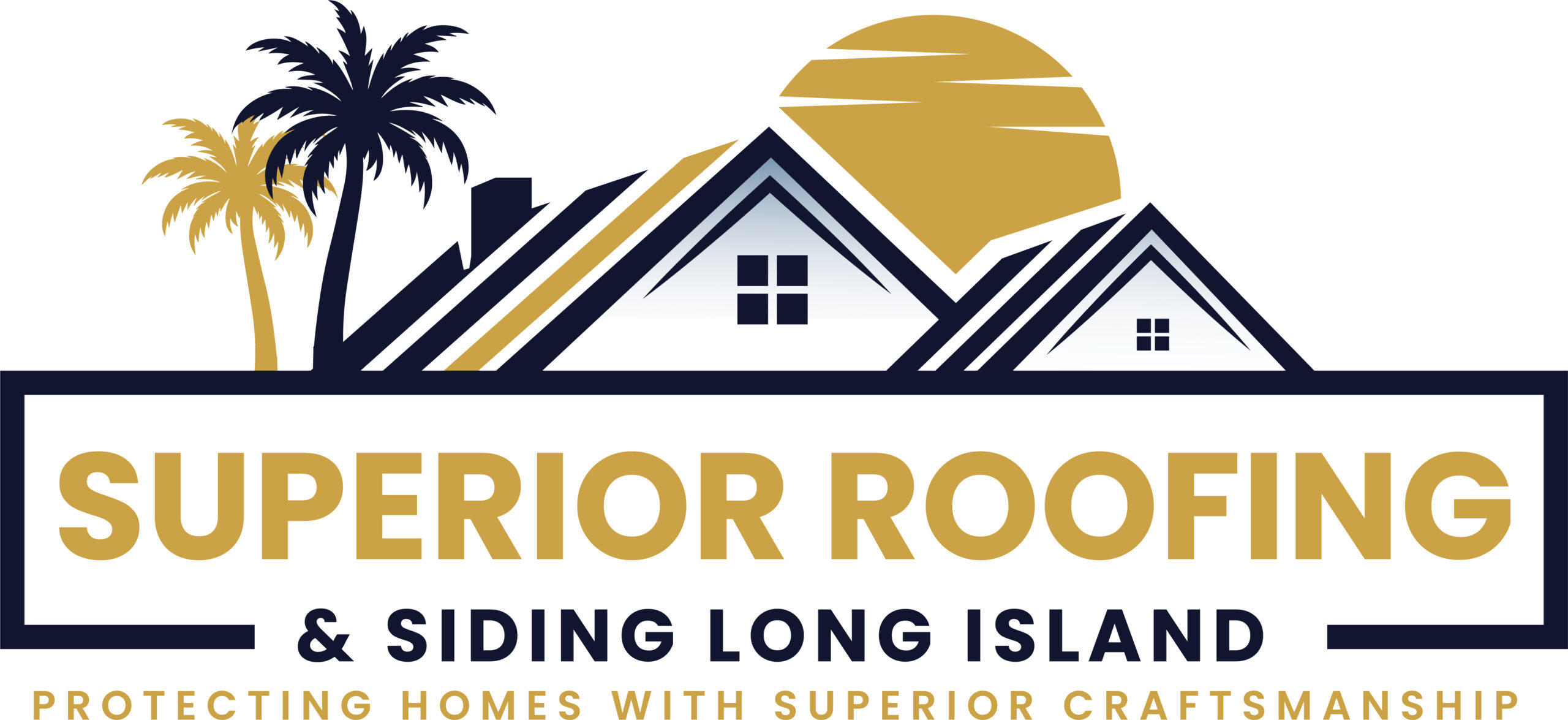Thinking about replacing your roof on Long Island? Calculating the cost of a new roof might seem tricky, but breaking it down into parts makes it manageable. Whether you’re a homeowner or a commercial property owner, understanding the factors that influence roofing costs helps you budget effectively.
You’ll need to consider the size of your roof, the materials you choose, and the complexity of the installation. Each of these elements plays a significant role in determining the overall cost. By evaluating these factors, you can get a clearer picture of what to expect financially.
Additionally, labor costs and local regulations can impact your final expenses. Being informed about these aspects ensures you’re not caught off guard. With this knowledge, you can make informed decisions and plan your roofing project with confidence.
Understanding Roofing Costs
Roofing costs depend on several factors that home and commercial property owners in Long Island should consider. Materials rank high on the list. Asphalt shingles, metal, wood, and tile each offers unique benefits and price points. Typically, asphalt shingles range from $100 to $400 per square, while metal roofing might range from $120 to $900 per square. Installation complexity also matters. Steeper roofs or those with intricate designs often incur higher labor costs because they require more time and skill to complete.
Labor costs can vary. In Long Island, rates might depend on local demand and availability of skilled workers. On average, labor adds $1.50 to $3.00 per square foot to total expenses. Understanding local regulations is vital, ensuring compliance with zoning laws and obtaining necessary permits. Non-compliance can lead to fines—adding unexpected expenses.
Roof size affects both material and labor costs. Larger roofs require more materials and take longer to install, increasing the overall cost. Accurate measurements are essential for precise cost calculations. Lastly, additional costs like removing old roofing and disposal must not be overlooked. These can add $1 to $5 per square foot, impacting your budget.
Use these factors to estimate your roofing project. By considering these variables, you can make more informed decisions about your roofing needs.
Factors Influencing Roof Cost
Various factors affect the cost of a new roof. Understanding them helps you prepare a budget that matches your needs.
Roof Size and Pitch
Roof size heavily impacts costs. Larger roofs require more materials and labor, increasing expenses. Pitch or steepness matters too. Steeper roofs are harder and riskier to work on, raising labor costs.
Materials and Quality
Roofing materials vary in price and quality. Asphalt shingles, wood, metal, and tile offer different durability and aesthetic value. Higher quality materials often cost more but may last longer and require less maintenance.
Labor and Installation
Installation costs depend on labor rates and roof complexity. Simple roofs are cheaper to install, while intricate designs increase labor time and expense. Qualified labor on Long Island typically costs $1.50 to $3.00 per square foot.
Location and Permits
Location dictates permit fees and requirements. Long Island may have specific regulations you must follow to avoid fines. Factor these permits and local compliance costs into your budget planning.
Steps to Estimate Roof Cost
Understanding roof costs involves several steps that help paint a clearer picture of overall expenses.
Measure Your Roof
Start by measuring the roof’s total area. You’ll need a measuring tape and a ladder for accuracy. Calculate the square footage by multiplying the length by the width. This measurement determines the amount of materials required.
Choose Your Roofing Material
Consider the type of materials you prefer. Asphalt shingles are a common choice on Long Island due to their affordability, costing between $100 and $400 per square. Metal roofing, while durable, can range from $120 to $900 per square. Each material option affects the final cost differently.
Calculate Labor Costs
Factor in labor expenses once material is chosen. Simple roof designs on Long Island typically incur labor costs ranging from $1.50 to $3.00 per square foot. Complex designs and steep pitches elevate these costs due to their installation demands.
Account for Additional Expenses
Don’t overlook extra expenditures like permits or old roof removal, which might add $1 to $5 per square foot. These hidden costs can significantly affect the total budget. Ensure to include local regulations that might impact installation requirements.
Budgeting for a New Roof
Budgeting effectively for a new roof involves understanding both expected and potential costs. By setting a realistic budget and consulting professionals, you can plan financially for a roofing project.
Setting a Realistic Budget
Examine the costs associated with material, labor, and additional fees to set a realistic budget for your new roof. Start by assessing the roof size, as it directly influences material costs. Different materials, such as asphalt shingles or metal, have various price ranges. Consider the average labor costs on Long Island, which are influenced by design complexity. Include expenses for removing old roofing, disposing of debris, and local permit fees. Allocate funds for unforeseen repairs or structural adjustments, which might occur once the project begins.
Seeking Professional Estimates
Obtain multiple estimates from different roofing contractors to get a clear picture of potential expenses. Experienced roofing professionals provide detailed quotes that cover material, labor, and additional services. Compare estimates to understand the range of costs for your specific project. Request that each estimate outlines the scope of work, materials used, and timelines to avoid hidden fees. Use these estimates to refine your budget and ensure it aligns with actual market prices in Long Island.
Conclusion
Calculating the cost of a new roof on Long Island involves understanding various factors that influence your budget. By breaking down expenses into materials, labor, and additional fees, you can make informed decisions and set a realistic budget. Consider the size and complexity of your roof, as well as local regulations, to avoid unexpected costs. Choosing the right materials and obtaining multiple estimates will provide clarity and help you align your budget with market prices. With careful planning and research, you’re better equipped to manage your roofing project efficiently and effectively.

